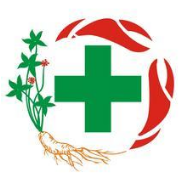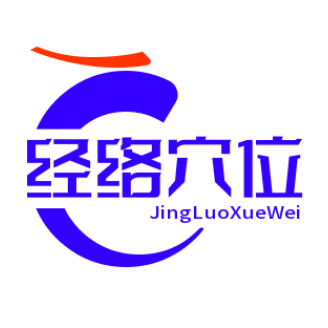这是一个很神秘的话题...
# 中医健康 #
关注
发表
2.9k浏览
524内容
1关注
中医眼里的抗生素是什么东西?
冬至流感:不是病毒太强,是我们的“防线”松了
从《黄帝内经》看心肾不交的调养智慧
冬天又冷又干?别乱补!〈黄帝内经〉说“闭藏”才是冬季养生关键
健忘是因为“记性差”?《黄帝内经》揭秘:根在“上下气失衡”
《从生风到封藏:中医视角下天地能量与人体脏腑的动态平衡》
《黄帝内经》:寒从脚起,阳虚则寒
气机变化是如何影响身体的?
小宇宙与大天地,《黄帝内经》中天人感应,天人合一之道
人体肢体上的神奇数字,从天人合一论中寻找依据
加载更多


110X110.png)
110x110.png)





